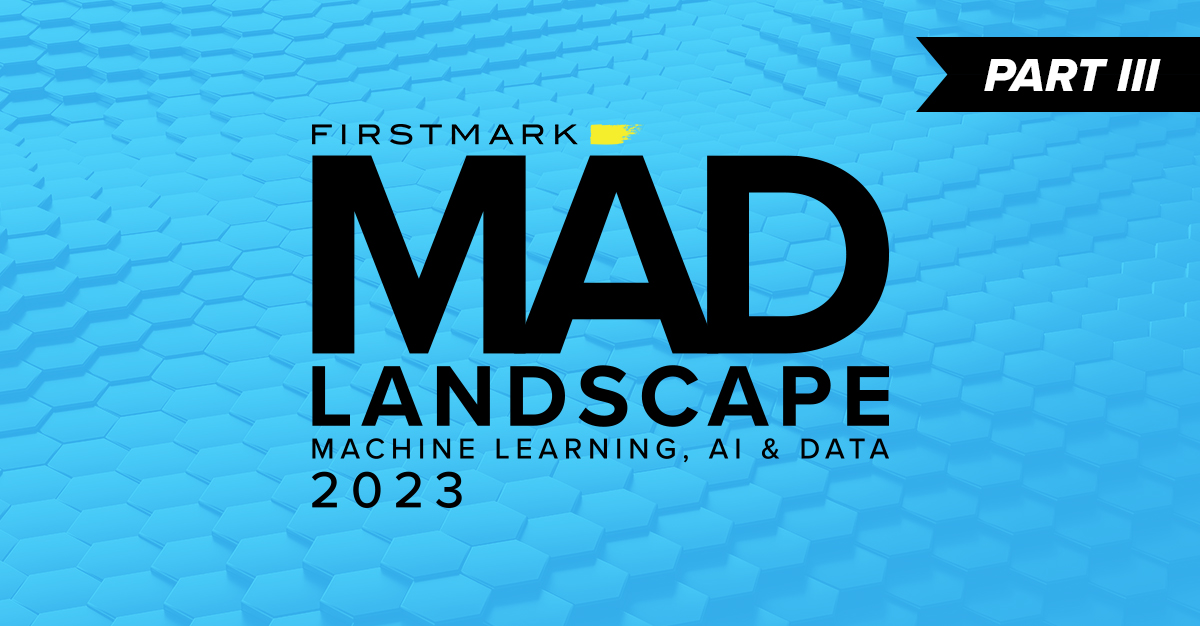
Metadata
- Author: Matt Turck
- Full Title:: One Thought on “MAD 2023, PART III: TRENDS IN DATA INFRASTRUCTURE”
- Category:: 🗞️Articles
- URL:: https://mattturck.com/mad2023-part-iii/
- Finished date:: 2023-02-23
Highlights
They’re more likely to pick established vendors that offer tightly integrated suites of products, (View Highlight)
there’s an ocean of “single feature” data infrastructure (or MLOps) startups (perhaps too harsh a term, as they’re just at an early stage) that are going to struggle to meet this new bar. (View Highlight)
Databricks seems to be on a mission to release a product in just about every box of the MAD landscape. (View Highlight)
it is unclear how many the market can sustain. It is also unclear whether data catalogs can be separate entities outside of broader data governance platforms (View Highlight)
Now, the world has changed. As cost control becomes paramount, some may question the philosophy that has been at the heart of the modern approach to data management since the Hadoop days – keep all your data, dump it all somewhere (a data lake, lakehouse or warehouse) and figure out what to do with it later. This has turned out to be expensive, and not always that useful (read this good piece: “Big Data is Dead”). The MDS is now under pressure. In a world of tight budgets and rationalization, it is almost too obvious a target (View Highlight)
announcing support for “zero-ETL” solution that tightly integrates Amazon Aurora with Amazon Redshift. Under that integration, within seconds of transactional data being written into Aurora, the data is available in Amazon Redshift. (View Highlight)
The concept of change data capture is not new, but it’s gaining steam. (View Highlight)
- Note: Isn’t kinda contradictory to link to Big Data Is Dead and saying this in the same article?